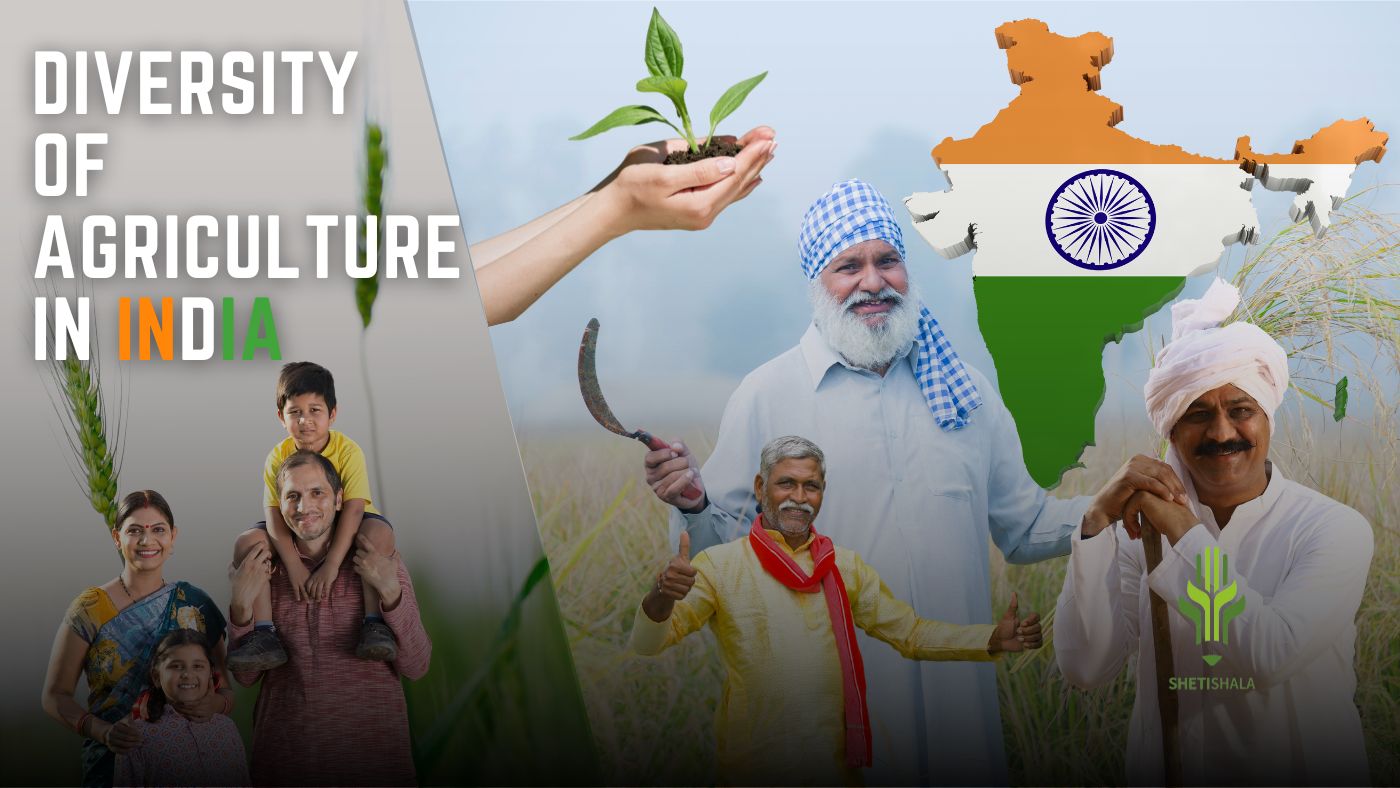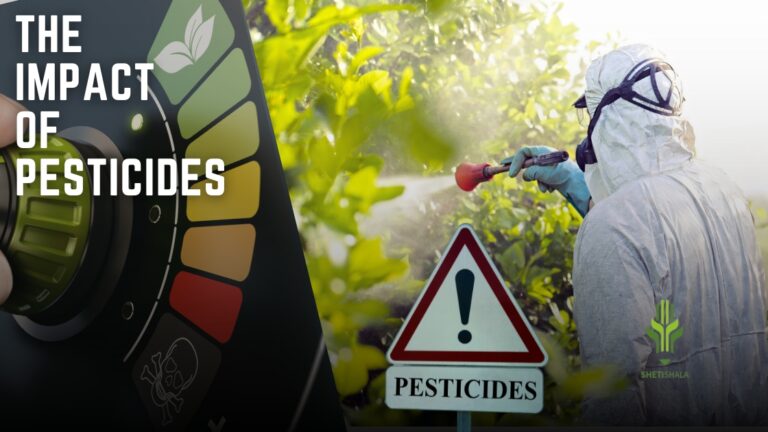agriculture in India is as important as blood to the flesh. just India is a country synonymous with agricultural prowess, where the rhythmic cycle of planting, harvesting, and cultivating has been the heartbeat of the nation for millennia. As one of the most diverse and expansive agricultural landscapes in the world, India’s agricultural industry is a testament to the ingenuity, resilience, and sheer determination of its people.
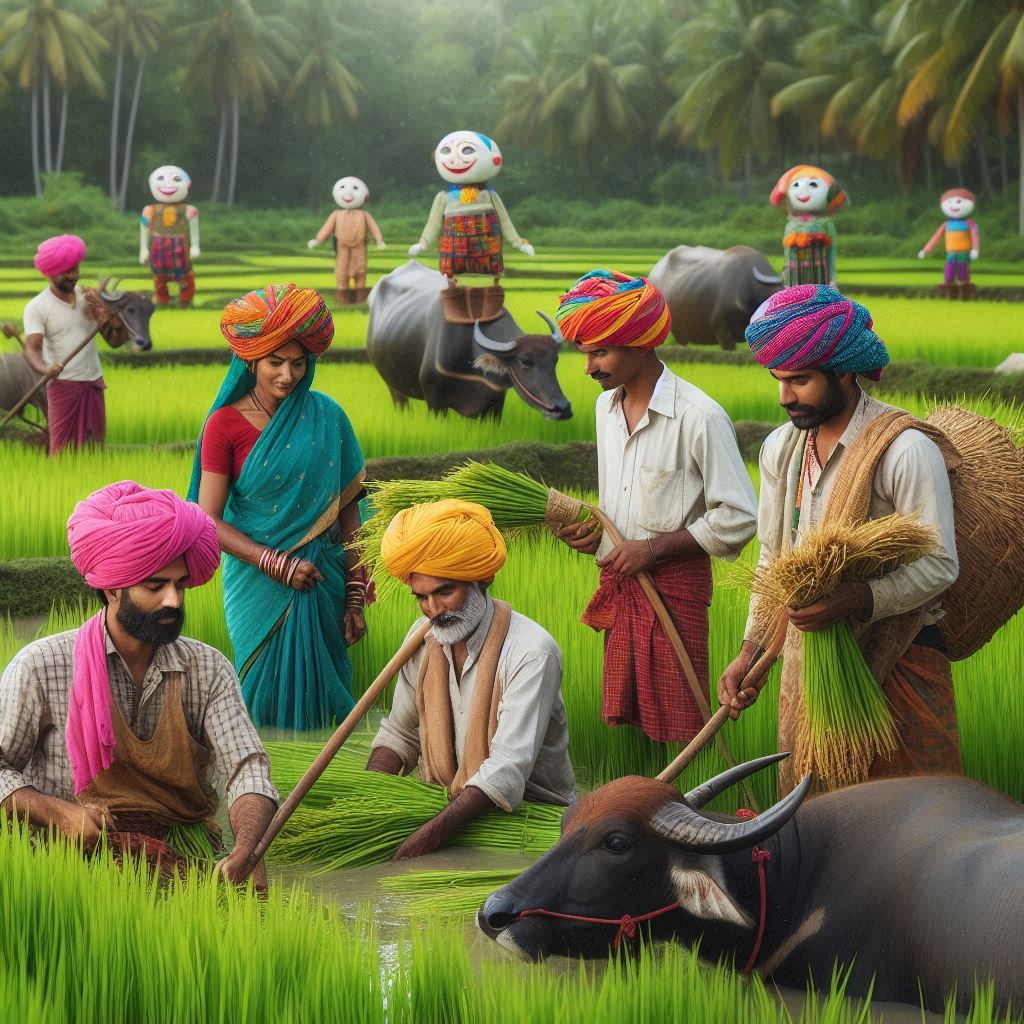
Heart of Agriculture in India:
At the heart of India’s agricultural dominance lies the sheer variety of crops cultivated across the nation. From the verdant paddy fields of the north, to the spice-laden plantations of the south, India’s farmers harness the richness of the land to produce a bountiful array of produce, including staple grains, cash crops, fruits, and vegetables.
Rice and wheat, the primary dietary staples, are grown in abundance across the northern and central regions of the country. India is the world’s second-largest producer of both these essential grains, ensuring food security for its burgeoning population. The country’s diverse agro-climatic conditions allow for the cultivation of a wide range of other cereals and millets, such as sorghum, pearl
millet, and finger millet, which are deeply rooted in the traditional diets and farming practices of many communities.
Bread-Basket of India:
The northern states of Punjab, Haryana, and Uttar Pradesh have long been known as the “breadbasket” of India, responsible for the bulk of the nation’s wheat and rice production. The introduction of high-yielding crop varieties, coupled with the expansion of irrigation networks and the adoption of modern farming technologies, has transformed these regions into veritable powerhouses of food grain production.

Green Revolution in India:
The success of the Green Revolution, a series of research, development, and technology transfer initiatives that took place in the 1960s and 1970s, played a pivotal role in boosting India’s food grain output. The widespread adoption of improved seeds, fertilizers, and irrigation techniques during this period led to a significant increase in crop yields, helping the country achieve self-sufficiency in food production and reducing its reliance on imports.
However, the Green Revolution has also faced criticism for its environmental and social impacts, including the depletion of groundwater resources, the degradation of soil fertility, and the widening of economic disparities
between small and large-scale farmers. In response to these concerns, the Indian government and agricultural research institutions have been working to promote more sustainable and inclusive agricultural practices, such as the adoption of integrated nutrient management, water-saving technologies, and the diversification of cropping patterns.
Cash Crop Production in India:
Beyond the staple grains, India’s agricultural landscape is also renowned for its cash crops, which play a crucial role in the nation’s economy. Cotton, sugarcane, jute, and oilseeds, such as groundnut, rapeseed, and mustard, are extensively grown across various regions, providing valuable raw materials for industries and contributing significantly to India’s export earnings.
The cotton-growing belt, spanning the states of Gujarat, Maharashtra, and Andhra Pradesh, is a prime example of the country’s prowess in cash crop production. India is the world’s largest producer and second-largest exporter of cotton, a testament to the skill and dedication of its cotton farmers.
The success of the Indian cotton industry can be attributed to several factors, including the development of high-yielding and pest-resistant cotton varieties, the expansion of irrigation facilities, and the implementation of price support policies by the government. Additionally, the rise of the textile industry in India has provided a robust domestic market for the country’s cotton producers, further bolstering the growth of this crucial cash crop.
Tea and Spices in India:
The country’s southern and northeastern states are particularly famous for their spice and plantation crops. India is the world’s largest producer and exporter of spices, including turmeric, cumin, coriander, chili peppers,
and the iconic black pepper. These aromatic and flavourful crops have not only shaped the culinary traditions of India but have also secured the nation’s position as a global leader in the spice trade.
The southern state of Kerala, known as the “Spice Garden of India,” is especially renowned for its production of black pepper, cardamom, and various other spices. The unique microclimate and fertile soil of this region have contributed to the exceptional quality and flavour of these sought-after crops.
In addition to spices, the southern states are also major producers of plantation crops, such as tea, coffee, and rubber. The temperate climates and abundant rainfall in these regions provide an ideal environment for the cultivation of these high-value crops, which are not only consumed domestically but also exported to global markets.
The northeastern states of India, with their diverse agro-climatic conditions, are home to a wide range of unique and specialized crops. These include the world-famous Assam tea, the aromatic Darjeeling tea, and the delicate Manipuri black rice. The region’s indigenous farming communities have long been the custodians of these precious agricultural resources, passing down their traditional knowledge and sustainable practices from generation to generation.
Livestock-Dairy Industry in India:
In addition to the vast array of crops, India’s agricultural sector also encompasses a thriving livestock industry, fisheries, and dairy production – all of which are integral components of the country’s overall food system. The livestock industry, in particular, provides employment and
sustenance to countless rural communities, while also supplying the nation with essential sources of protein and dairy products.
The dairy sector in India is especially noteworthy, as the country is the world’s largest producer of milk, accounting for nearly 22% of the global milk production. The success of India’s dairy industry can be attributed to the widespread adoption of cooperative models, such as the iconic “Operation Flood” program, which empowered small-scale dairy farmers and contributed to the country’s self-sufficiency in milk production.
The cooperative model has been a driving force behind the growth ofIndia’s dairy industry, with organizations like the National Dairy Development Board (NDDB) and state-level milk federations playing a pivotal role in connecting small-scale producers to the larger market. This approach has not only improved the livelihoods of dairy farmers but has also ensured a steady supply of affordable and nutritious dairy products for the nation’s population.
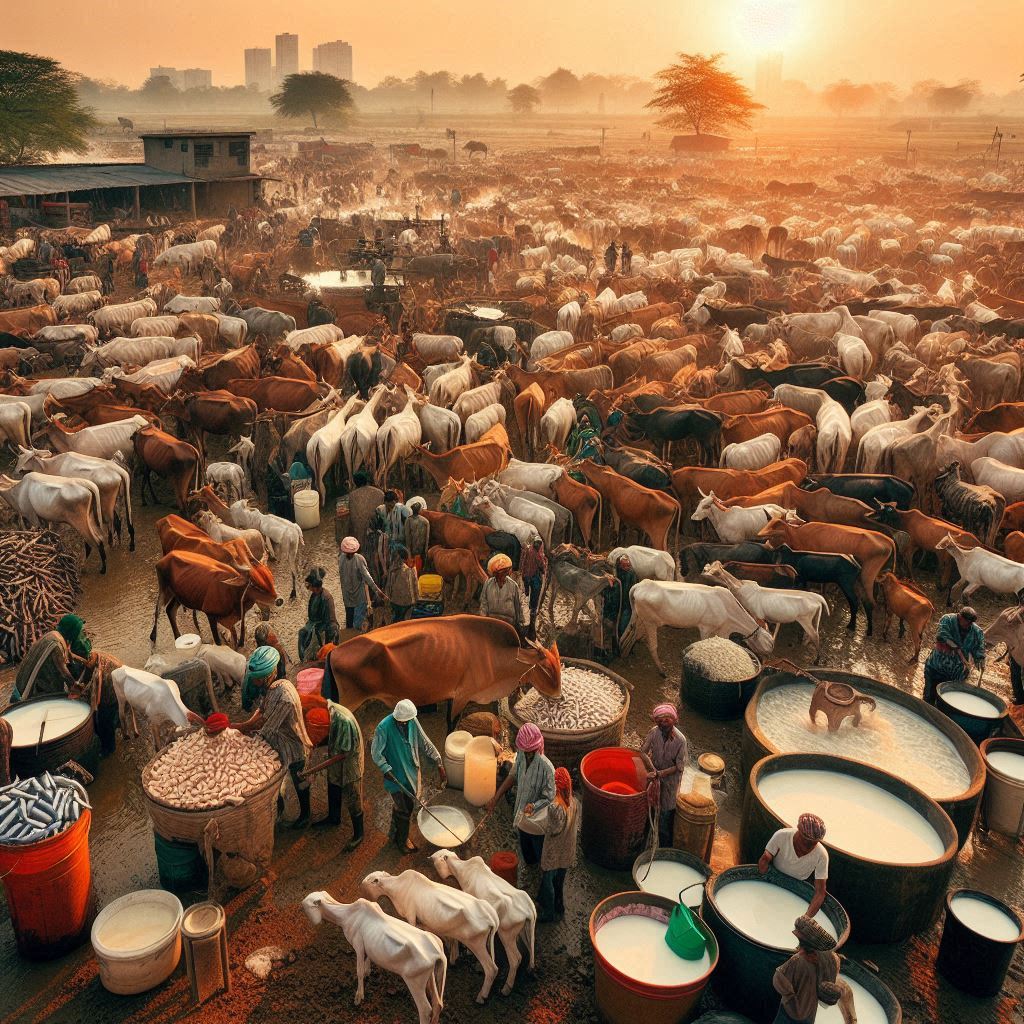
Fishery:
India’s fisheries industry is also a significant contributor to the nation’s economy, with the country being the second-largest producer of fish in the world. Coastal states like Kerala, Tamil Nadu, and West Bengal are renowned for their thriving fishing communities, whose livelihoods are
inextricably linked to the bountiful seas that surround the Indian subcontinent.
The marine fisheries sector in India has witnessed significant advancements in recent years, with the introduction of modern fishing techniques, the expansion of aquaculture, and the implementation of sustainable management practices. These efforts have not only enhanced the productivity of the industry but have also helped to preserve the ecological balance of the country’s coastal and inland water bodies.
Hurdles In Agriculture in India:
The diversity and sheer scale of India’s agricultural landscape are truly remarkable, but the sector is not without its challenges. Rapid urbanization, climate change, and the need for modernization and technological adoption have all posed significant hurdles for the industry in recent decades.
One of the primary concerns facing the Indian agricultural sector is the fragmentation of landholdings, with the average farm size in the country being less than 2 hectares. This small-scale nature of farming operations can make it difficult for farmers to achieve economies of scale, access modern technologies, and effectively respond to changing market demands.
Overcoming Obstacles:
To address this issue, the Indian government has implemented various initiatives and policies aimed at consolidating landholdings, promoting cooperative farming models, and empowering small and marginal farmers. The introduction of initiatives like the Agriculture in India.
Market (e-NAM) and the Pradhan Mantri Fasal Bima Yojana (Prime Minister’s Crop Insurance Scheme) have sought to improve market access, reduce the impact of weather-related risks, and provide stronger safety nets for the country’s farming community.
The e-NAM platform, for instance, has revolutionized the way agricultural commodities are traded in India. By creating a unified national market for agricultural products, the e-NAM initiative has enabled farmers to sell their produce directly to buyers across the country, bypassing the traditional middlemen and ensuring better prices for their crops.

Another significant challenge facing the Indian agricultural sector is the impact of climate change, which has led to an increase in the frequency and severity of extreme weather events, such as droughts, floods, and unseasonal rainfall. These climatic disruptions can have devastating consequences for crop yields, livestock health, and overall food security, underscoring the urgent need for the adoption of sustainable farming practices and the development of climate-resilient crop varieties.
In response to these challenges, the Indian government, in collaboration with private stakeholders, research institutions, and international organizations, has been proactive in implementing policies and initiatives aimed at promoting sustainable agriculture in India, enhancing climate change adaptation, and fostering innovation in the sector.
Agricultural Extension:
One such initiative is the National Mission for Sustainable Agriculture (NMSA), which focuses on developing strategies and technologies to make farming more resilient to the impacts of climate change. This
includes the promotion of climate-smart agricultural practices, such as the use of drought-resistant crop varieties, precision farming techniques, and integrated pest management systems.
Additionally, the Indian government has invested heavily in the development of agricultural research and extension services, with a network of over 100 agricultural universities and research institutes across the country. These institutions play a crucial role in developing new crop varieties, improving farming practices, and disseminating knowledge and technologies to farmers, thereby enhancing the overall productivity and sustainability of the agricultural sector.
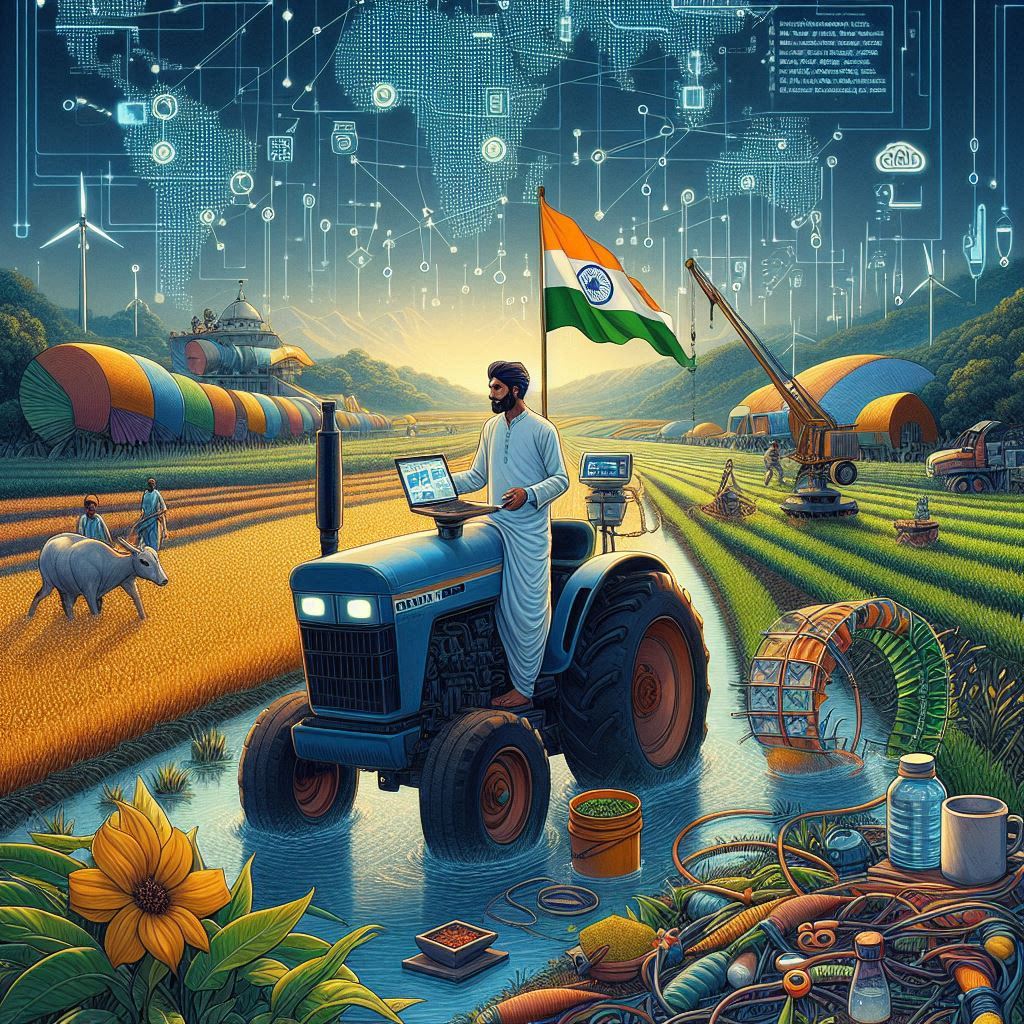
The push for technological adoption and modernization has also been a key priority for the Indian government, with initiatives like the Digital India program and the Pradhan Mantri Krishi Sinchayee Yojana (Prime Minister’s Irrigation Scheme) aimed at improving access to digital infrastructure, precision farming tools, and irrigation facilities in rural areas.
These efforts, combined with the inherent resilience and adaptability of Indian farmers, have helped to drive significant advancements in the country’s agricultural sector. Over the past few decades, India has witnessed remarkable improvements in crop yields, livestock productivity, and overall food production, enabling the country to achieve self-sufficiency in many essential agricultural commodities.
Agriculture in India and World:
Today, India is not only a leading producer of a diverse range of agricultural goods but also a major exporter, contributing significantly to the global food supply chain. The country’s agricultural exports, which include commodities such as rice, cotton, spices, and marine products, have been steadily increasing, providing a vital source of foreign exchange earnings and boosting the nation’s overall economic growth.
However, the success of the Indian agricultural sector extends beyond just economic considerations. Agriculture in India is deeply ingrained in the cultural and social fabric of the country, with farming communities playing a pivotal role in the preservation of traditional knowledge, sustainable practices, and food traditions.
Traditional Farming: Culture of India
Many of India’s indigenous farming communities, such as the Adivasi tribes in the central and northeastern regions, have maintained intricate agroecological systems that seamlessly integrate crop cultivation, animal husbandry, and forest management. These traditional farming practices, which are often rooted in centuries-old wisdom, have contributed to the conservation of biodiversity, the maintenance of soil fertility, and the efficient use of natural resources.
The cultural significance of agriculture in India is also reflected in the numerous festivals and celebrations that are closely tied to the agricultural calendar. From the vibrant Holi festival, which marks the beginning of the harvest season, to the Pongal celebrations in the south, which honor the vital role of cattle in agricultural activities, these festivities serve as a testament to the deep-rooted connection between the Indian people and the land they cultivate.
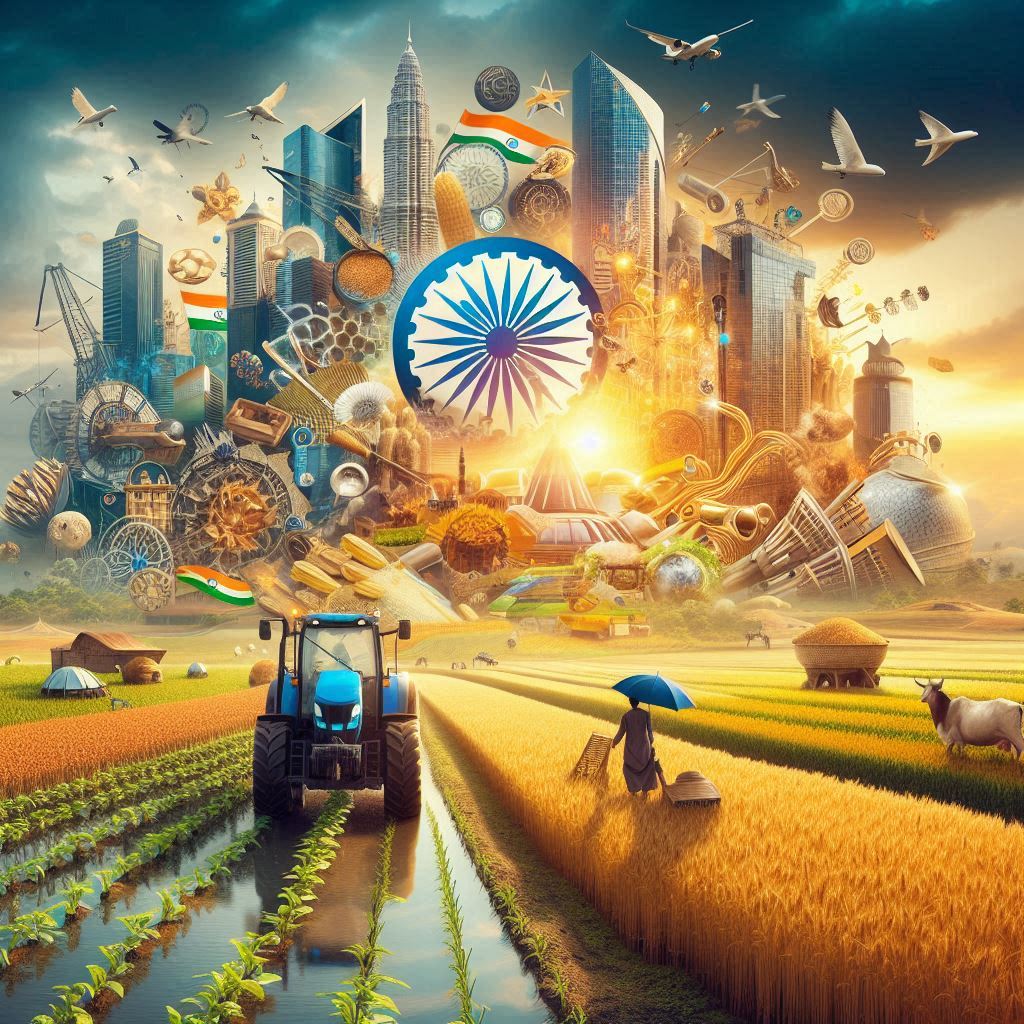
As India continues to evolve and progress, the agricultural sector remains the backbone of the nation’s economy, providing food, employment, and economic stability to the country’s vast and diverse population. With continued investment, technological advancements, and sustainable practices, the future of agriculture in India looks bright, paving the way for the country’s continued growth and prosperity. In conclusion, the agricultural landscape of India is a tapestry woven with the threads of tradition, innovation, and resilience. From the vast paddy fields of the north to the spice-laden plantations of the south, the country’s agricultural prowess is a testament to the ingenuity and perseverance of its people.
As India navigates the challenges of the 21st century, the agricultural sector will undoubtedly continue to play a pivotal role in shaping the nation’s destiny, ensuring food security, economic stability, and the preservation of age-old cultural traditions.
Read more of our blogs –

